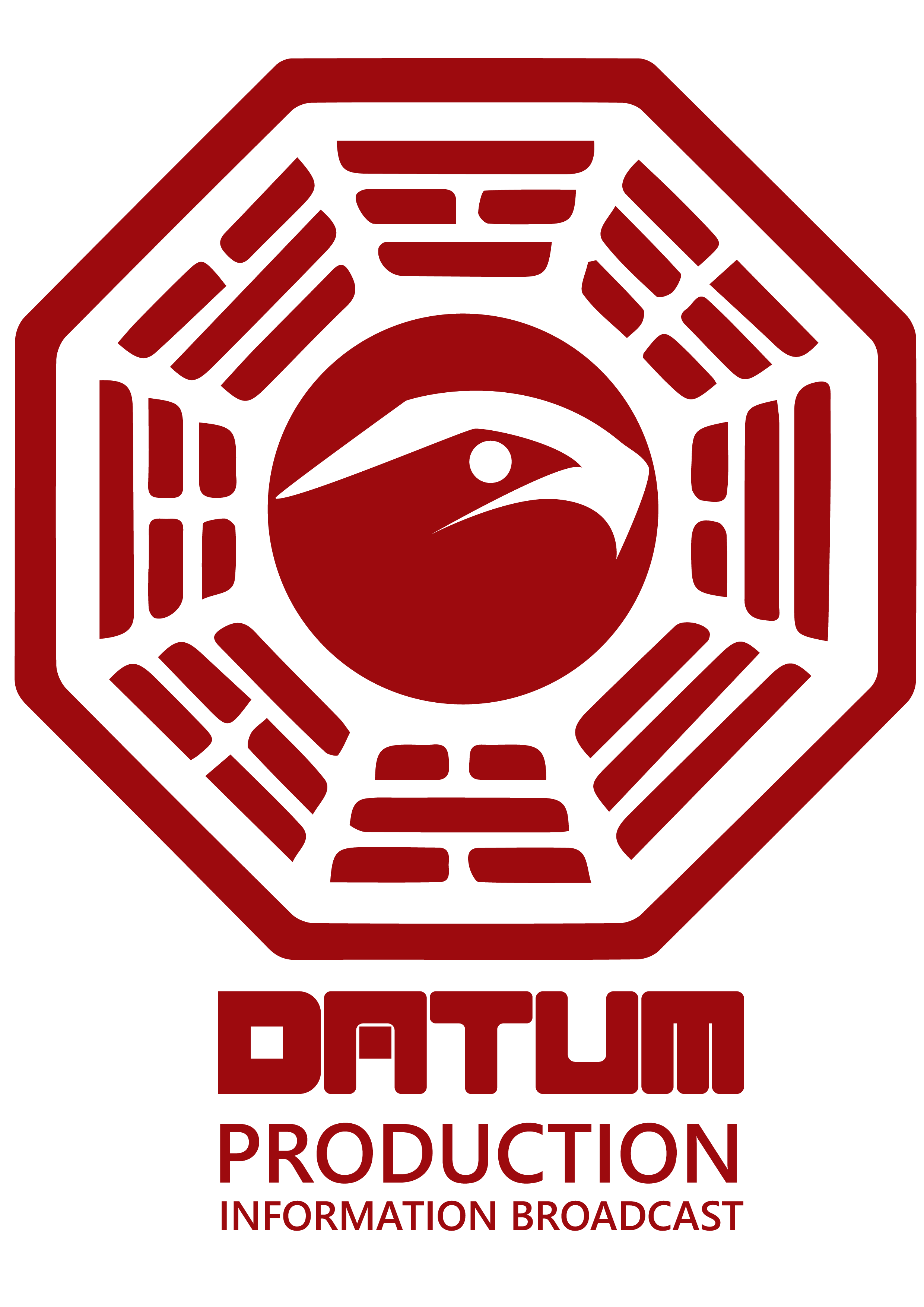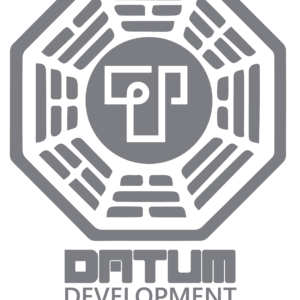Description
- Creating a modular course on game design is a great idea to provide flexibility and structure for learners at different levels. Here’s a suggested outline for a modular introduction to game design course:
Module 1: Introduction to Game Design
- Lesson 1.1: What is Game Design?
- Definition and scope
- The role of a game designer
- Types of games and genres
- Lesson 1.2: History of Game Design
- Evolution of games from board games to digital
- Key milestones and influential games
- Lesson 1.3: The Game Design Process
- Overview of design phases: conception, development, testing, and release
- Understanding game development roles and teams
Module 2: Game Mechanics and Dynamics
- Lesson 2.1: Core Game Mechanics
- Definition and examples (e.g., movement, combat, resource management)
- How mechanics influence gameplay
- Lesson 2.2: Game Dynamics
- How mechanics interact to create gameplay experiences
- Examples of dynamic systems in games
- Lesson 2.3: Balancing and Tuning
- Techniques for balancing game mechanics
- Importance of playtesting and iteration
Module 3: Game Design Theory
- Lesson 3.1: Game Design Models and Frameworks
- Overview of popular models (e.g., MDA – Mechanics, Dynamics, Aesthetics)
- Applying theoretical frameworks to design
- Lesson 3.2: Player Psychology and Engagement
- Understanding player motivations and behaviors
- Designing for different types of players
- Lesson 3.3: Narrative and Storytelling
- Incorporating story elements into game design
- Structuring narratives for various game genres
Module 4: Prototyping and Tools
- Lesson 4.1: Creating a Game Prototype
- The importance of prototyping
- Techniques for low-fidelity and high-fidelity prototypes
- Lesson 4.2: Game Design Tools and Software
- Overview of popular tools (e.g., Unity, Unreal Engine, GameMaker)
- Choosing the right tool for your project
- Lesson 4.3: Asset Creation and Integration
- Basics of creating and integrating assets (art, sound, etc.)
- Resources for finding or creating game assets
Module 5: Playtesting and Iteration
- Lesson 5.1: Designing Effective Playtests
- How to set up and conduct playtesting sessions
- Collecting and analyzing feedback
- Lesson 5.2: Iterating on Game Design
- Techniques for refining and improving game design
- Balancing creativity with player feedback
- Lesson 5.3: Preparing for Launch
- Finalizing design and preparing for release
- Marketing and community building
Module 6: Case Studies and Industry Insights
- Lesson 6.1: Analyzing Successful Games
- In-depth case studies of popular games
- Lessons learned from successful and unsuccessful games
- Lesson 6.2: Trends and Future of Game Design
- Current trends in the industry
- Predictions and emerging technologies
- Lesson 6.3: Career Paths in Game Design
- Overview of different roles and career opportunities
- Tips for breaking into the industry
Module 7: Capstone Project
- Lesson 7.1: Project Planning and Proposal
- Defining the scope and objectives of your project
- Creating a project plan
- Lesson 7.2: Development and Implementation
- Working on your game design project
- Regular check-ins and feedback sessions
- Lesson 7.3: Presentation and Reflection
- Presenting your final project
- Reflecting on the design process and lessons learned
Additional Resources
- Recommended Reading
- Books and articles on game design
- Online Communities and Forums
- Where to find support and network with other designers
- Tutorials and Courses
- Additional learning resources and advanced topics
Each module can be designed to be self-contained, allowing students to progress through the course at their own pace. Interactive elements, such as quizzes, assignments, and peer reviews, can help reinforce learning and provide practical experience.
- Lesson 1.1: What is Game Design?



Reviews
There are no reviews yet.